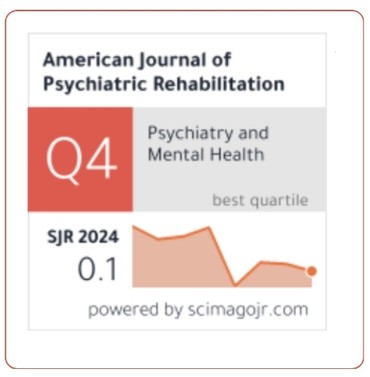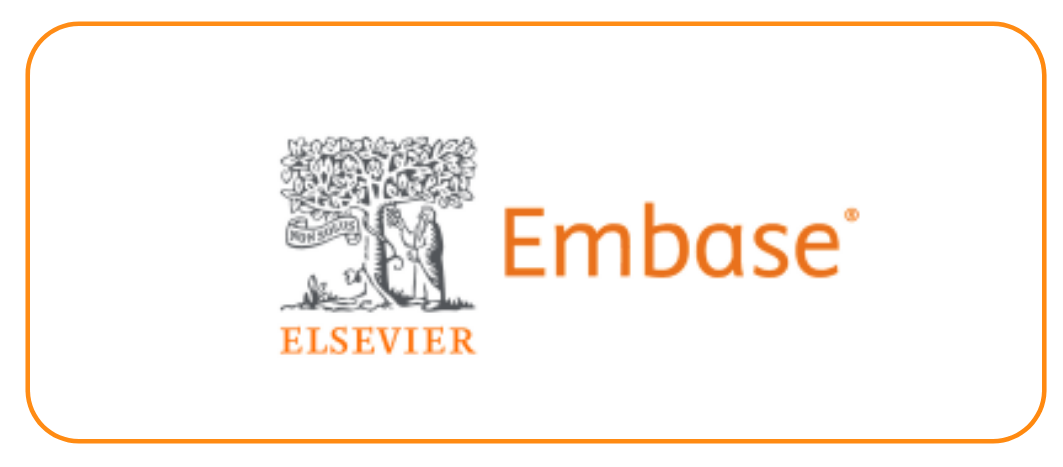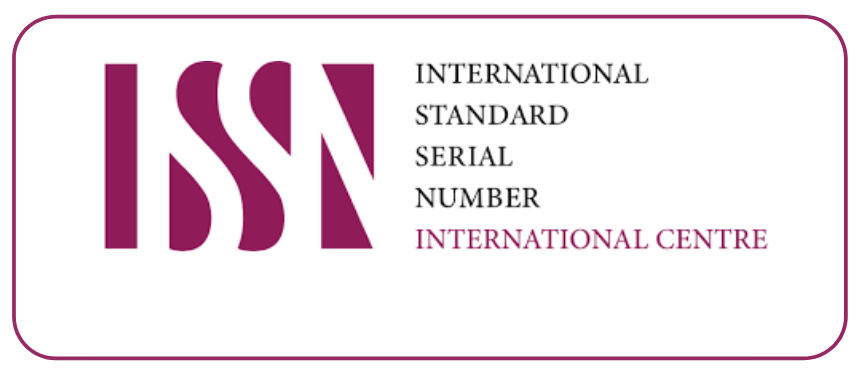Lumbar Pedicle Morphometric Analysis: A Thorough Review
DOI:
https://doi.org/10.69980/ajpr.v28i5.324Keywords:
Lumbar Pedicles, Morphometric Analysis, Pedicle Screw Fixation, Bone Quality, Micro-CT, Surgical Planning, Complications, Anatomical VariationsAbstract
Assessing the size and shape of lumbar vertebral pedicles is important when planning and performing spinal surgeries, especially those involving pedicle screws. Knowing the exact dimensions helps doctors place the screws just right, which makes the spine more stable and reduces chances of problems like screw loosening, pedicle breaches, or injury to nerves and blood vessels. Recent advances in imaging tools, such as measurements taken from dry bones, traditional CT scans, and high-resolution micro-CT scans, have made it easier to gather detailed anatomical data on lumbar pedicles. These studies show that the shape and size of pedicles can vary a lot depending on factors like age, gender, ethnicity, and the specific level of the spine. What's more, using Hounsfield Units (HU) from CT scans has become a useful way to predict bone quality and assess the risk of screw loosening, helping surgeons make better decisions. This review brings together recent research from both Indian and international populations, focusing on pedicle size measurements, how they differ in various regions, and how they change with age. It also identifies anatomical features that may make screw stability more challenging. By reviewing multiple studies, this article aims to emphasize the best methods used in research, summarize key findings, discuss what these mean for clinical practice, and suggest ways to improve pre-surgery planning—eventually making surgeries safer and outcomes better.
References
1. Galbusera F, Volkheimer D, Reitmaier S, Berger-Roscher N, Kienle A, Wilke HJ. Pedicle screw loosening: a clinically relevant complication? Eur Spine J. 2015; 24: 1005–1016. https://doi.org/10.1007/ s00586-015-3768-6 PMID:25616349
2. MH, WeaverDL, BeynnonBD, Haugh LD. Morphometry of the Thoracic and Lumbar Spine Related to Transpedicular Screw Placement for Surgical Spinal Fixation. Spine (Phila Pa 1976). 1988; 13: 27–32. https://doi.org/10.1097/00007632-198801000-00007 PMID: 3381134
3. H. K. Shin, H. W. Koo, K. H. Kim, S. W. Yoon, M. J. Sohn, and B. J. Lee, “The usefulness of trabecular CT attenuation measurement at L4 level to predict screw loosening after degenerative lumbar fusion Surgery,” Spine, vol. 47, no. 10, pp. 745–753, 2022.
4. Lehman RA, Helgeson MD, Dmitriev AE, PaikH, evev Bino AJ, Gaume R, et al. What is the best way to optimize thoracic kyphosis correction? A micro-CT and biomechanical analysis of pedicle morphology and screw failure. Spine (Phila Pa 1976). 2012; 37: 1171–1176. https://doi.org/10.1097/BRS. 0b013e31825eb8fbPMID:22614799
5. Standring S; Gray’s Anatomy: The Anatomical Basis of Clinical Practice. 40th edition, Churchill Livingstone, 2008: 723-726.
6. Verma V, Agrawal Sr U, Agrawal U. Lumbar pedicle morphometry of dry vertebral columns in relation to transpedicular fixation: a cross-sectional study from Central India. Cureus. 2023 Apr 25;15(4)
7. Irie TY, Irie T, Espinoza Orías AA, Segami K, Iwasaki N, An HS, Inoue N. Micro-computed tomography analysis of the lumbar pedicle wall. Plos one. 2021 Jul 8;16(7):e0253019.
8. Londhe BG, Garud RS, Khemnar GB. Morphometric Assessment of Pedicles of Indian Adult Lumbar Vertebrae: A Cross-Sectional Study. Int J Anat Res. 2022;10(4):8523-27.
9. Güleç A, Kaçıra BK, Kütahya H, Özbiner H, Öztürk M, Solbaş ÇS, Gökmen IE. Morphometric analysis of the lumbar vertebrae in the Turkish population using three-dimensional computed tomography: correlation with sex, age, and height. Folia Morphologic a. 2017;76(3):433-9.
10. Albano J, Lentz J, Stockton R, DePalma V, Markowitz M, Ganz M, Katsigiorgis G, Grewal K. Demographic analysis of lumbar pedicle diameters in a diverse population. Asian Spine Journal. 2019 Jan 29;13(3):410
11. Londhe BG, Garud RS, Khemnar GB. Morphometric Assessment of Pedicles of Indian Adult Lumbar Vertebrae: A Cross-Sectional Study. Int J Anat Res. 2022;10(4):8523-27.
12. Singh V, Mishra S, Singh H, Jain T, Chouksey A, Bharadwaj L, Tandon S. CT aided morphometric measurements of various pedicle parameters in different age groups of Indian population. International Journal of Orthopaedics. 2020;6(3):341-5.
13. Shu L, Wang X, Li L, Aili A, Zhang R, Liu W, Muheremu A. Computed Tomography‐Based Prediction of Lumbar Pedicle Screw Loosening. BioMed Research International. 2023;2023(1):8084597.
14. Irie TY, Irie T, Espinoza Orías AA, Segami K, Iwasaki N, An HS, Inoue N. Micro-computed tomography analysis of the lumbar pedicle wall. Plos one. 2021 Jul 8;16(7):e0253019.
15. DÜZKALIR H, ÖZDOĞAN S, GÜL A, GERGIN S, ŞENOL Ö, DÜZKALIR A, TATARLI N, KÖKEN M. Morphometric study of lumbar vertebra pedicles. Journal of Turkish Spinal Surgery. 2015;26(2).
Downloads
Published
Issue
Section
License
Copyright (c) 2025 American Journal of Psychiatric Rehabilitation

This work is licensed under a Creative Commons Attribution 4.0 International License.
This is an Open Access article distributed under the terms of the Creative Commons Attribution 4.0 International License permitting all use, distribution, and reproduction in any medium, provided the work is properly cited.









